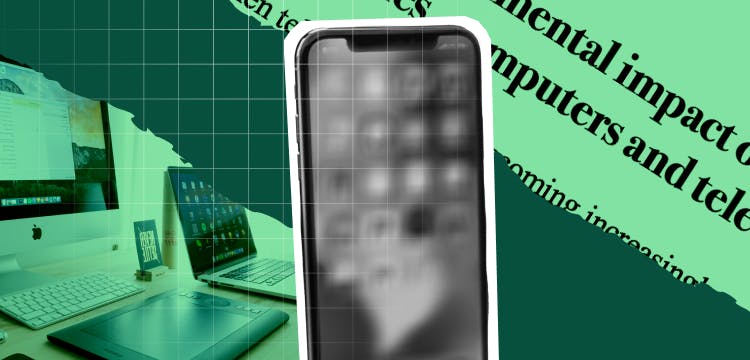
The Environmental Impact of Video Games
In this data story, we will break down the past and future carbon footprint of the video game industry.
ESG / CSR
Industries

In this data story, we will break down the past and future carbon footprint of the video game industry.

In this data story, we'll respond to Google's most recent report in terms of AI and Gemini.

In this data story, we estimate the carbon footprint of Europe’s rearmament drive and ask what it means for climate targets.

This data story examines the carbon footprint of major streaming platforms to reveal the global emissions impact of digital entertainment.

In this data story, we will break down how the evolving lifestyles of different generations and their subsequent carbon footprints.

This data story aims to examine how the Paris 2024 Olympics are addressing the environmental and sustainability challenges.

In this data story, we will examine some of the major environmental impacts of Taylor Swift’s Eras tour.

Greenly has looked into the impact of Black Friday, particularly one of its most successful areas: fashion online purchases.

All of its innovative features are enticing, but is the new Apple Watch as sustainable as the company claims it is?

In this case we’ll look at the emissions of GPT-4 technology where it is used to “reply automatically to 1 million emails per month, over the course of 1 year”.

When it comes to choosing host countries for the Football World Cup, environmental criteria are hardly part of FIFA’s selection criteria. Greenly looked at the official figures